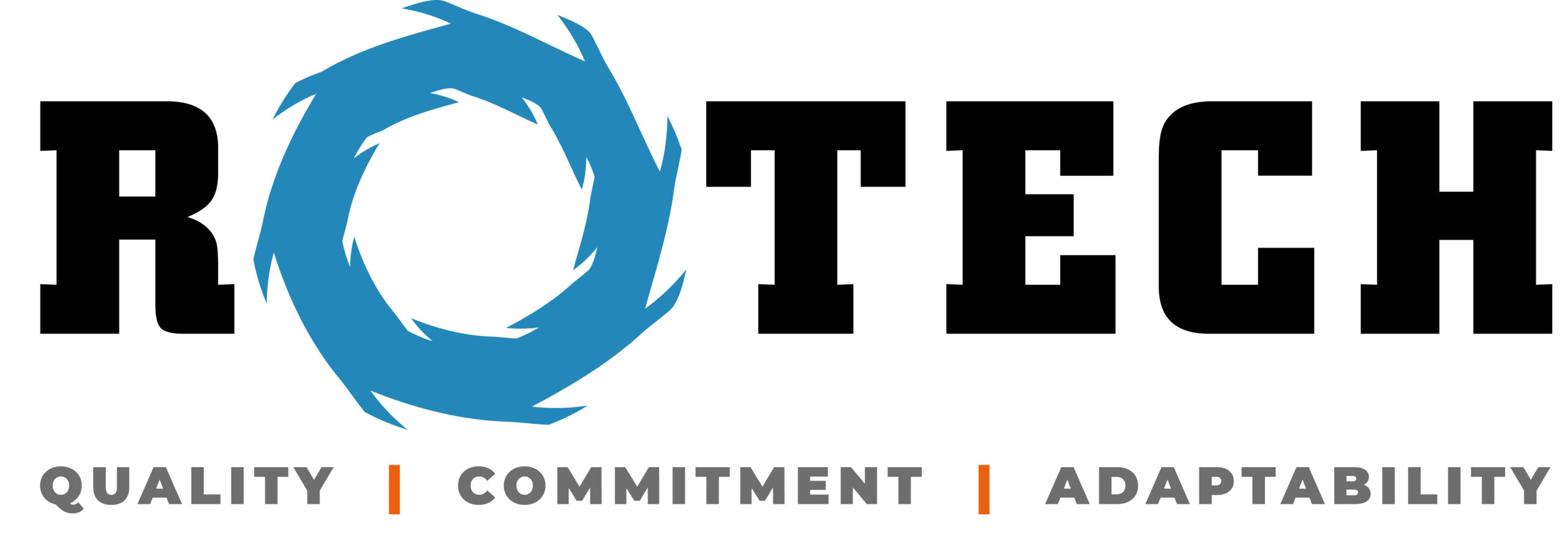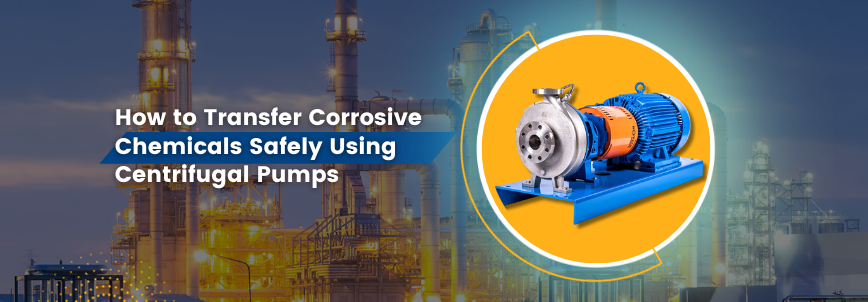Handling corrosive chemicals requires a thorough understanding of both the substances involved and the equipment used. This guide aims to provide a comprehensive overview of how to safely transfer corrosive chemicals using centrifugal pumps, ensuring the protection of personnel and the integrity of the materials.
Understanding Corrosive Chemicals
Corrosive chemicals are substances that can cause damage or deterioration to materials upon contact. They often possess acidic or caustic properties, posing significant risks to both human health and the environment. Common examples include sulfuric acid, hydrochloric acid, and sodium hydroxide.
A. Characteristics of Corrosive Chemicals
Corrosive chemicals are typically characterized by:
- Low pH (for acids) or high pH (for bases)
- Ability to cause rapid material degradation upon contact
- Potential for releasing harmful fumes or gases
B. Common Types of Corrosive Chemicals
- Acids:
- Sulfuric Acid (H2SO4)
- Hydrochloric Acid (HCl)
- Nitric Acid (HNO3)
- Bases:
- Sodium Hydroxide (NaOH)
- Potassium Hydroxide (KOH)
- Ammonium Hydroxide (NH4OH)
C. Hazards Associated with Handling Corrosive Chemicals
- Skin and eye irritation or burns
- Inhalation of toxic fumes
- Damage to equipment and infrastructure
- Environmental contamination
Overview of Centrifugal Pumps
Centrifugal pumps are a popular choice for chemical transfer due to their efficiency and versatility. They work on the principle of using a rotating impeller to impart energy to the fluid, increasing its velocity and pressure.
A. Working Principle of Centrifugal Pumps
- The impeller spins, creating a centrifugal force.
- This force moves the fluid radially outward.
- The fluid gains energy and exits the pump at a higher pressure.
B. Components of a Centrifugal Pump
- Impeller
- Casing
- Shaft
- Bearings
- Seals
- Motor
C. Applications of Centrifugal Pumps
Centrifugal pumps find extensive use in industries such as chemical processing, water treatment, and petroleum refining for tasks like transferring fluids, boosting pressure, and circulating liquids.
Selecting the Right Centrifugal Pump for Corrosive Chemicals
Choosing the appropriate centrifugal pump is crucial to ensure safe and efficient chemical transfer.
A. Material Compatibility
- Resistant Materials for Corrosive Chemicals
- Stainless steel
- Hastelloy
- Polyvinylidene Fluoride (PVDF)
- Considerations for Gasket and Seal Materials
- Viton
- PTFE (Teflon)
B. Pump Design Considerations
- Closed Impeller vs. Open Impeller
- Closed impellers offer higher efficiency.
- Open impellers are less prone to clogging.
- Shaft Sealing Options
- Mechanical seals are common for corrosive applications.
Installation and Setup
Proper installation is crucial for the safe operation of the centrifugal pump when handling corrosive chemicals.
A. Proper Pump Location and Alignment
- Ensure the pump is on a stable foundation.
- Align the pump and motor shafts to prevent vibration and misalignment.
B. Ensuring Proper Inlet Conditions
- Provide a straight and unobstructed path for the fluid to enter the pump.
- Use appropriate filters or strainers to prevent debris from entering.
C. Electrical and Mechanical Connections
- Ensure electrical connections comply with safety codes.
- Lubricate and secure all mechanical connections.
D. Safety Measures during Installation
- Provide adequate ventilation and personal protective equipment (PPE) for personnel involved in the installation.
Safety Protocols for Chemical Transfer
Handling corrosive chemicals requires strict adherence to safety protocols to mitigate risks.
A. Personal Protective Equipment (PPE)
- Eye and Face Protection:
- Chemical-resistant goggles or face shields.
- Skin Protection:
- Acid-resistant gloves, coveralls, and aprons.
- Respiratory Protection:
- NIOSH-approved respirators with appropriate filters.
B. Emergency Response Plan
- Spill Containment:
- Have spill kits readily available.
- Establish designated spill response teams.
- Evacuation Procedures:
- Clearly defined routes and assembly points.
C. Ventilation and Containment Measures
- Ventilation Systems:
- Ensure adequate ventilation in confined spaces.
- Install exhaust fans or use local exhaust systems.
- Secondary Containment:
- Implement drip trays or bunds to contain potential spills.
D. Spill Response and Cleanup Procedures
- Isolation:
- Secure the area to prevent further contamination.
- Neutralization and Cleanup:
- Use appropriate neutralizing agents.
- Follow recommended cleanup procedures.
Operation and Monitoring
Proper operation and continuous monitoring are essential for safe chemical transfer.
A. Starting and Stopping Procedures
- Gradual Start-Up:
- Slowly ramp up the pump to avoid sudden pressure changes.
- Emergency Shutdown:
- Ensure personnel know how to quickly shut down the pump.
B. Monitoring Flow Rates and Pressure
- Pressure Gauges and Flowmeters:
- Install and regularly check instruments for accurate readings.
- Adjustments as Needed:
- Modify settings to maintain optimal flow rates and pressure.
C. Regular Checks for Leaks and Abnormalities
- Visual Inspections:
- Look for signs of leakage, corrosion, or unusual noises.
- Vibration Analysis:
- Monitor for excessive vibration, which may indicate misalignment or wear.
D. Temperature and Vibration Monitoring
- Temperature Sensors:
- Install to prevent overheating of the pump.
- Vibration Analysis:
- Monitor for unusual vibration patterns, which may indicate mechanical issues.
Maintenance and Inspection
Routine maintenance is vital for the longevity and reliability of the centrifugal pump.
A. Routine Maintenance Schedule
- Lubrication:
- Follow manufacturer guidelines for lubrication intervals.
- Seal and Gasket Checks:
- Inspect for wear, damage, or deterioration.
B. Cleaning and Flushing Procedures
- Chemical Compatibility:
- Use compatible cleaning agents to remove corrosive residues.
- Flushing Systems:
- Implement flushing procedures to clear lines and pump internals.
Troubleshooting Common Issues
Knowing how to identify and address problems is crucial for safe chemical transfer.
A. Identifying and Addressing Leaks
- Visual Inspection:
- Trace the source of any visible leaks.
- Seal and Gasket Replacement:
- Promptly replace worn or damaged seals.
B. Dealing with Cavitation
- Symptoms of Cavitation:
- Unusual noises, reduced flow, and pump inefficiency.
- Addressing Cavitation:
- Adjusting impeller speed or replacing worn parts.
C. Resolving Impeller and Bearing Problems
- Impeller Wear:
- Replace impellers that show signs of erosion.
- Bearing Maintenance:
- Lubricate and replace bearings as recommended.
D. Handling Sudden Pressure Spikes
- Pressure Relief Devices:
- Install relief valves to safeguard against sudden pressure surges.
- Monitoring and Adjusting Pressure Settings:
- Regularly check and adjust pressure settings as needed.
Compliance and Regulations
Adherence to regulatory standards is paramount in handling corrosive chemicals.
A. Regulatory Standards for Handling Corrosive Chemicals
- OSHA Regulations:
- Occupational Safety and Health Administration guidelines.
- EPA Guidelines:
- Environmental Protection Agency recommendations for chemical handling.
B. Reporting and Documentation Requirements
- Record Keeping:
- Maintain thorough records of maintenance, inspections, and incidents.
- Reporting:
- Report any incidents or near misses promptly.
Conclusion
Handling corrosive chemicals safely using centrifugal pumps demands a meticulous approach. By understanding the chemicals, selecting the right equipment, implementing stringent safety measures, and conducting regular maintenance, you can ensure a secure and efficient chemical transfer process. Stay informed about regulations and continuously seek improvements for a safer working environment.




